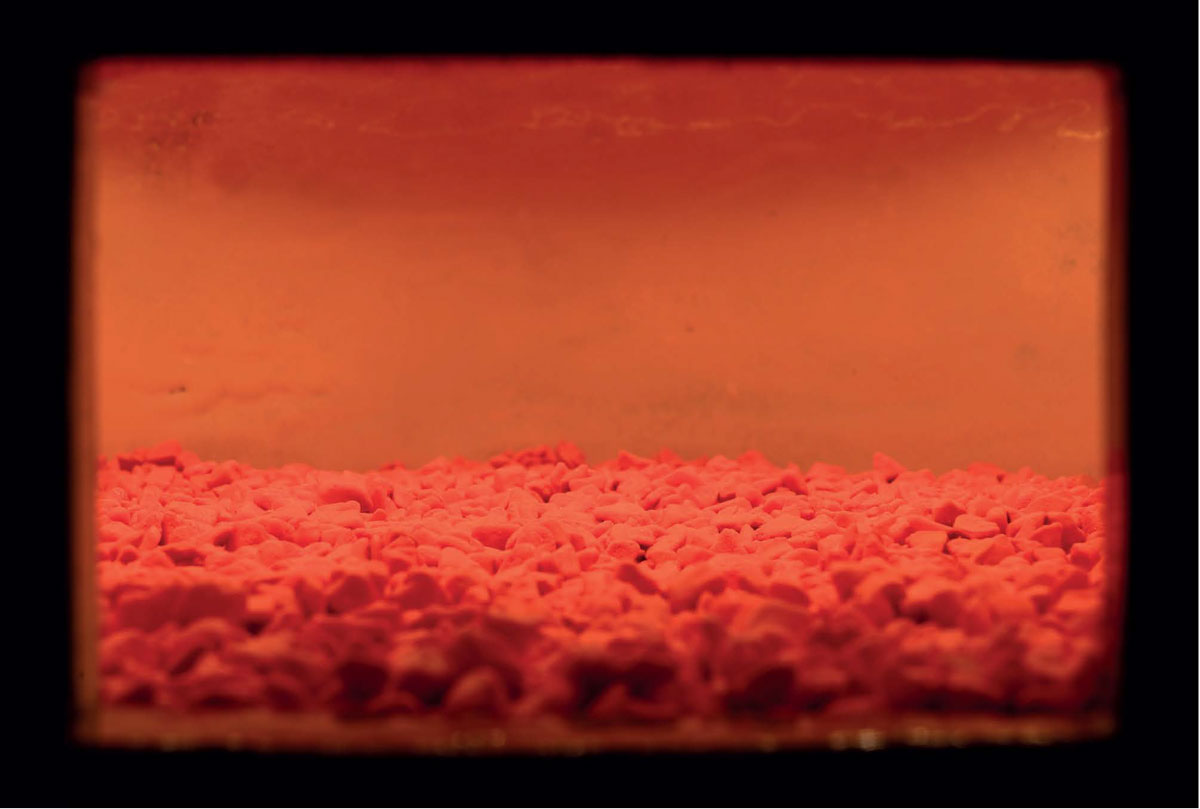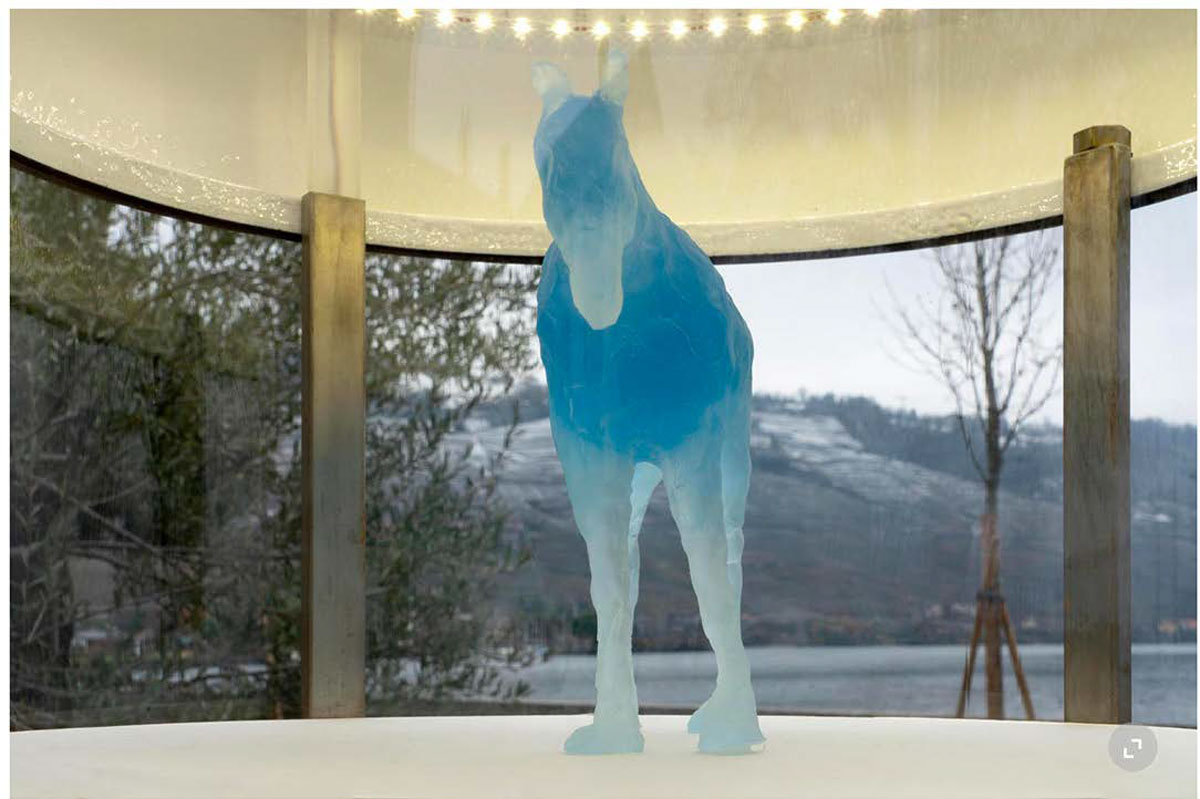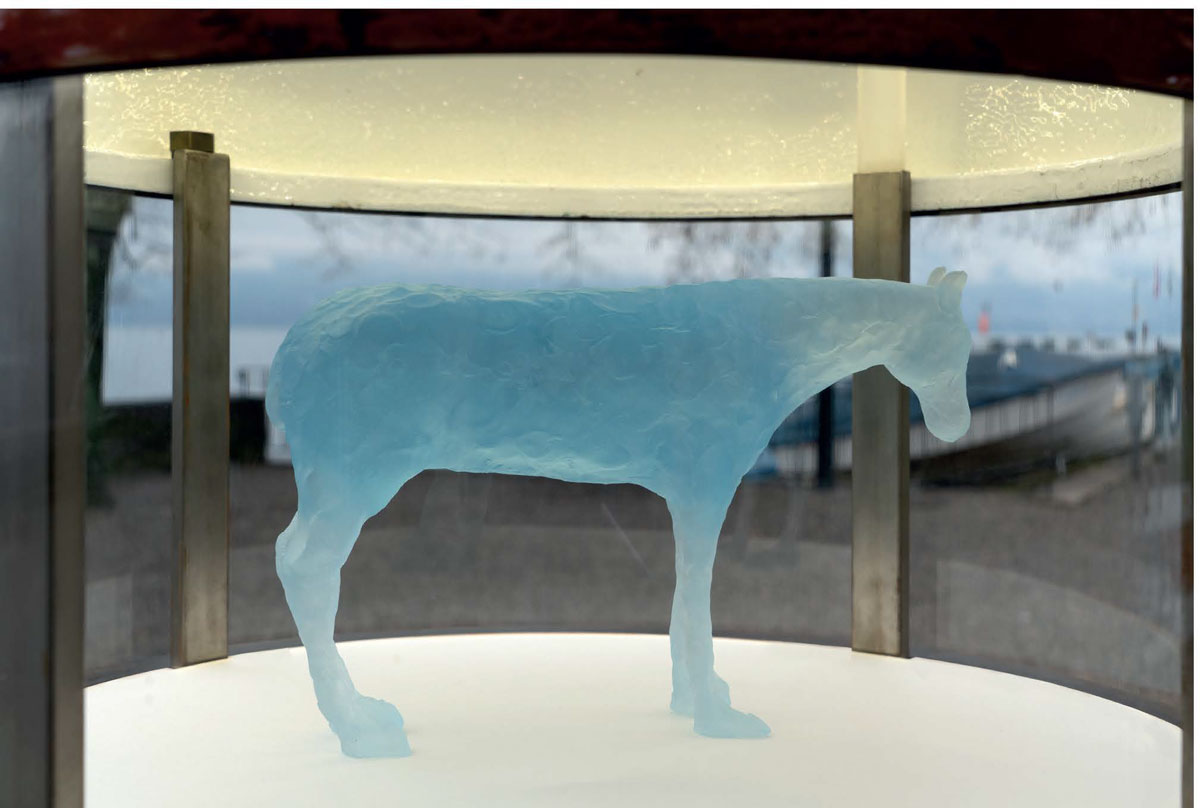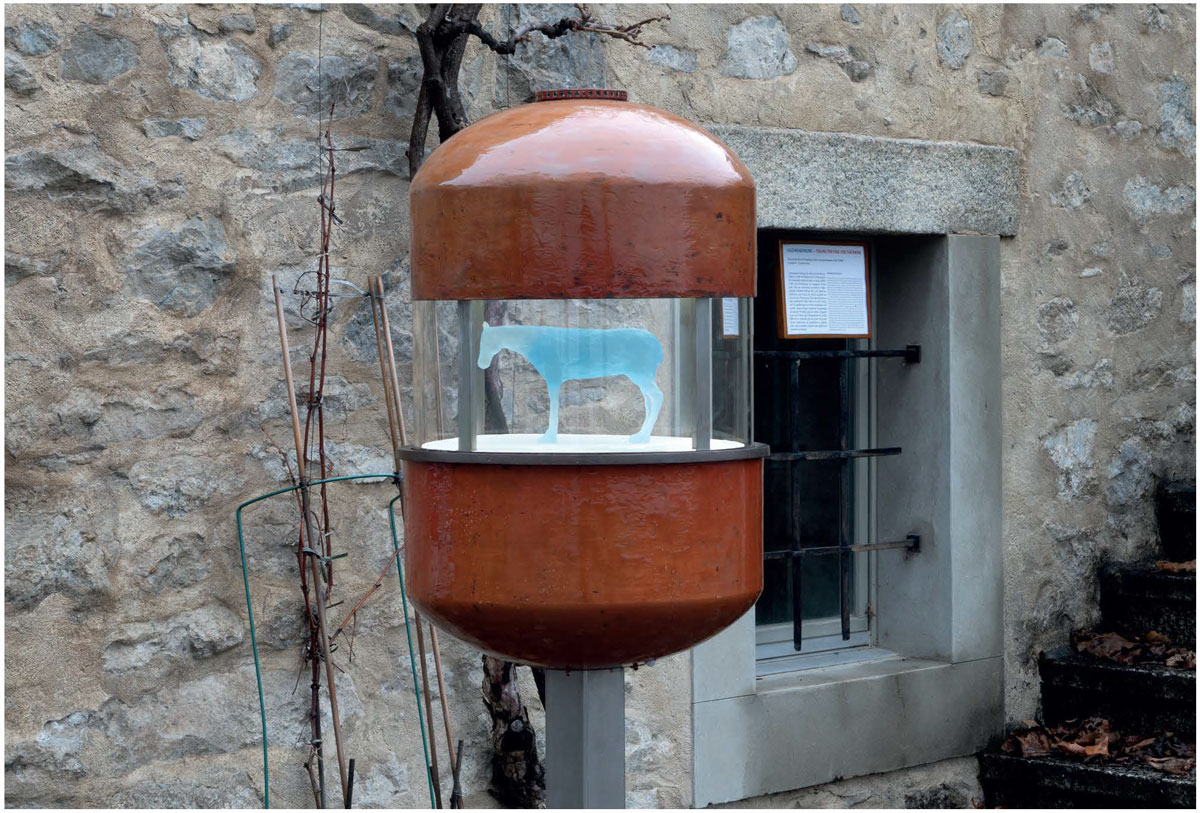ART-PRESENTATION:Ugo Rondinone
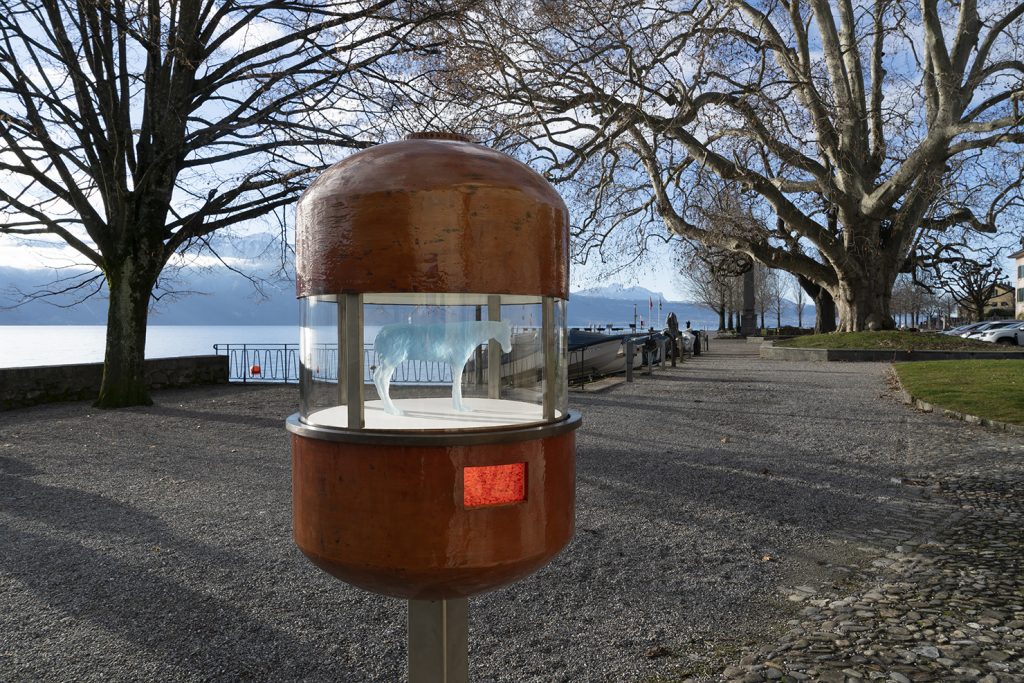 Born in 1964 in Brunnen (Switzerland), Ugo Rondinone rose to international acclaim in the early 1990s with highly varied work, the result of refusing to commit to any specific style (mixed-media installations that include sculpture, painting, video, sound, and photography). He produces paintings, drawings, sculpture (large and small), photography, video, and sound and installation art. He is also a poet, collector and curator.
Born in 1964 in Brunnen (Switzerland), Ugo Rondinone rose to international acclaim in the early 1990s with highly varied work, the result of refusing to commit to any specific style (mixed-media installations that include sculpture, painting, video, sound, and photography). He produces paintings, drawings, sculpture (large and small), photography, video, and sound and installation art. He is also a poet, collector and curator.
By Dimitris Lempesis
Photo: Kunsthalle Marcel Duchamp
The Kunsthalle Marcel Duchamp (KMD) is the world’s “smallest” museum (an exhibition space on two floors, 45 cm wide and 75 cm high) and an homage to Marcel Duchamp’s “Box in a Valise”. It is situated on the shore of lake Geneva, not far from the waterfall Le Forestay, which the artist photographed in 1946 as the starting point of his last masterpiece “Étant donnés: 1° la chute d’eau, 2° le gaz d’éclairage”. KMD has always shown a determination inversely proportional to its 45 cm wide by 75 cm high! The exhibition space capsule which stands on the Place d’Armes, very close to the lake, has even just come back to life after two years of latency. The exhibition “feeling the void and the rhone” by Ugo Rondinone consists of, on the one hand, a floor surface covered with orange-red gravel titled “feeling the void” (gravel, paint, 41.3 x 41.3 cm, 2012) on display in the basement, and, on the other hand, a blue glass horse titled “the rhone” (glass, 17 x 26 x 6 cm, 2017) on the transparent upper floor of the museum. Ugo Rondinone strives to make works that meditate on everyday life and the world and particularly reflect on the theme of time, blurring the distinction between the real and artificial. He avoids producing art that is densely intellectual. In a conversation with Ocula Magazine in 2014, Ugo Rondinone claims to work with “very basic raw symbols, something that everyone can relate to, from a child to an old person, from the East to the West”. The emphasis is on creating engagement through experiencing the work first, rather than a conceptual understanding. The rainbow is one of the most common motifs in Ugo Rondinone’s artwork. From 1997, he began producing lit signs composed of large words—simple poetic titles and phrases—supported high in the air and following the form and colors of the rainbow. At once beautiful and fantastical, the rainbow is also an easily understood LGBT symbol, signifying the freedom to love whom one wants. For Rondinone, this symbol is especially important; he is the longtime partner of famed New York writer, poet and performer, John Giorno. Ugo Rondinone’s use of Day-Glo rainbow colors extends into many other works. One key sculptural motif involves stacking brightly colored rocks, seen on its grandest scale with his “Seven Magic Mountains work in Nevada” (2016–2018). These towers of rough-cut boulders are painted in highly artificial Day-Glo rainbow hues, as well as in black, white and silver. In a press release for the installation, Rondinone stated that he sees this combination of artificial color and natural rock formations as a continuum ‘between human and nature, artificial and natural, then and now. Not all of Rondinone’s art involves bright color though. Another motif consists of simple primitive figures, composed of roughly hewn stone blocks evocative of Stonehenge. Another still is of mask-like sculptures inspired by indigenous Alaskan Yup’ik masks: aluminium casts made from clay moulds, painted in a single dull color. Another, yet again in aluminium, is the cast of ghostly olive trees, coated in white enamel. Within the gallery context, Rondinone is most known for creating multimedia installations. He designs exhibitions that generate a holistic experience. Through meticulous planning—such as working with miniature models—he sets up relations between different works, enhancing them through the layout, color scheme and architecture of the space itself. In these installations, he brings together different motifs developed over his career in varied configurations to generate different meanings. For example, Ugo Rondinone’s lacklustre clown, which appears passively in live-action, video and life-size sculptures, might sit amid his hypnotic, blurred target paintings, floating mandalas or wall paintings made of brick planes coated in single, vivid, Day-Glo colors.
Photo: Exhbition view: Ugo Rondinone, feeling the void and the rhone, Kunsthalle Marcel Duchamp – Cully, Courtesy the artist and Kunsthalle Marcel Duchamp (KMD)
Info: Kunsthalle Marcel Duchamp (KMD), Place d’armes, Quai de l’indépendance, Cully, Switzerland, Duration: 15/1-15/3/2021, Days & Hours: Daily 00:00-24:00, https://akmd.ch
